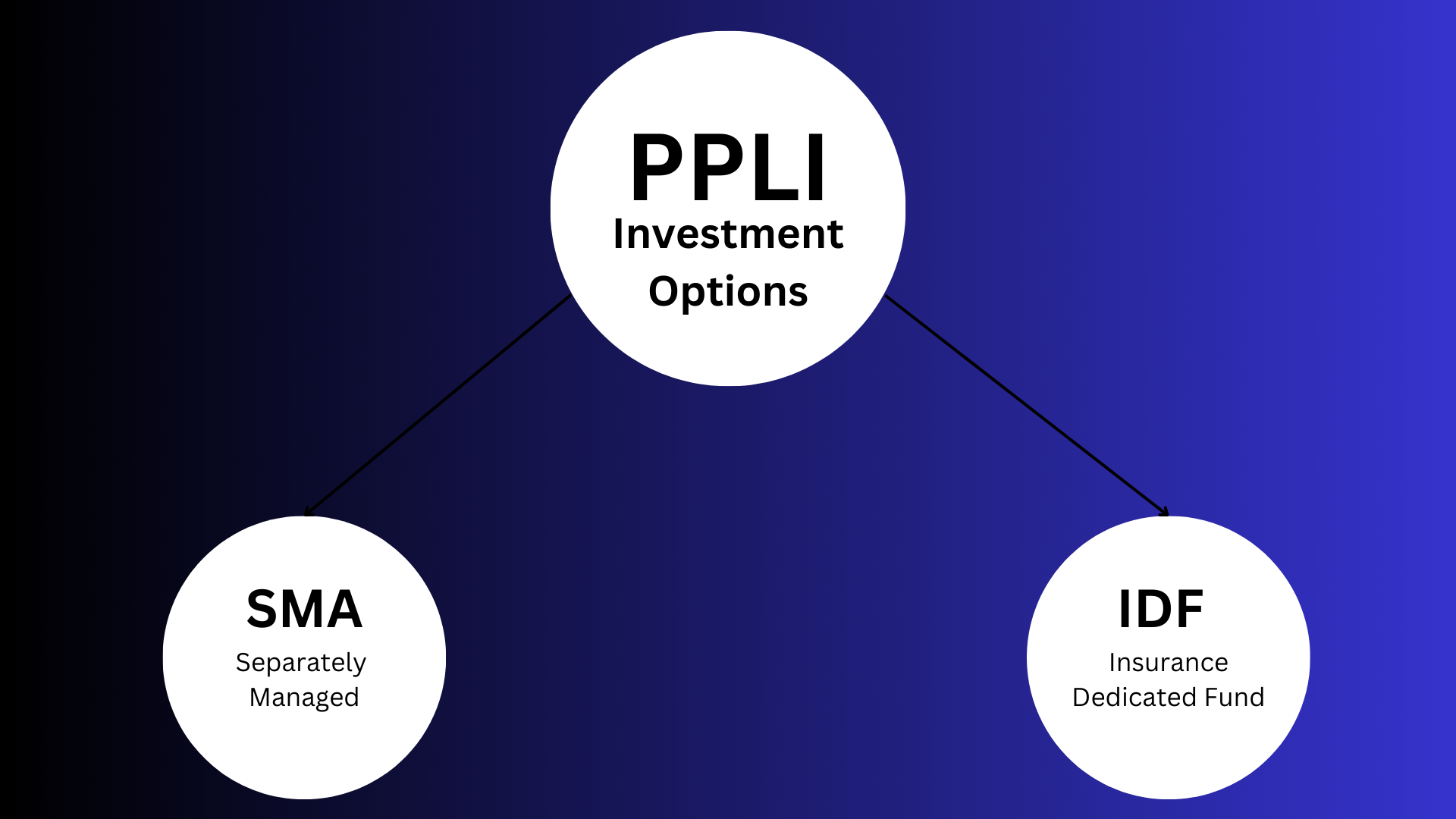When exploring investment options within Private Placement Life Insurance (PPLI), investors often encounter two distinct structures: Separately Managed Accounts (SMAs) and Insurance Dedicated Funds (IDFs). Understanding the key differences between these investment vehicles is crucial for making informed decisions about your PPLI investment strategy.
What is a Separately Managed Account?
A Separately Managed Account within a PPLI policy is a personalized investment portfolio managed by professional investment managers. These accounts offer customized investment strategies tailored to individual investor preferences while maintaining compliance with insurance regulations. SMAs provide direct ownership of individual securities and allow for greater transparency in investment holdings and transactions.
Understanding Insurance Dedicated Funds
Insurance Dedicated Funds are pooled investment vehicles specifically designed for use within insurance products like PPLI. These funds operate similarly to mutual funds but are exclusively available through insurance company separate accounts. IDFs must comply with strict diversification requirements and investor control restrictions to maintain the tax-advantaged status of the insurance policy.
Key Differences in Structure
The primary structural differences between SMAs and IDFs lie in their ownership and management. SMAs offer individual security ownership and customized portfolio management, while IDFs provide shared ownership in a pooled investment vehicle. This fundamental distinction affects everything from investment minimums to portfolio customization options.
Investment Minimums and Accessibility
SMAs typically require higher minimum investments due to their customized nature and individual security holdings. IDFs, as pooled investments, often have lower investment minimums, making them more accessible to a broader range of investors within PPLI policies. This difference in accessibility can be a crucial factor in choosing between the two options.
Have Questions?
Contact us by filling the form, and we’ll get back to you soon!
Contact Us
Customization and Control
SMAs offer greater customization potential, allowing investors to implement specific investment restrictions or preferences. IDFs, while professionally managed, provide less individual customization as they must maintain standardized investment approaches for all participating investors. However, both must operate within the investor control guidelines established by the IRS.
Tax Considerations and Compliance
Both SMAs and IDFs must comply with insurance regulation requirements, including diversification rules under Section 817(h) of the Internal Revenue Code. However, IDFs typically handle compliance at the fund level, while SMAs require more active monitoring to maintain compliance with insurance regulations.
Cost Structure Comparison
Fee structures differ between SMAs and IDFs. SMAs often have higher management fees due to their customized nature and individual attention required. IDFs may offer economies of scale through pooled investment management, potentially resulting in lower overall costs for investors.
Portfolio Management Flexibility
SMAs provide greater flexibility in managing tax implications and portfolio transitions, as individual securities can be managed directly. IDFs operate more like traditional mutual funds, with less flexibility for individual investor preferences but potentially more efficient operation for certain investment strategies.
Risk Management Approaches
Risk management differs between the two structures. SMAs allow for precise risk control at the individual portfolio level, while IDFs manage risk at the fund level for all investors collectively. This distinction can be particularly important for investors with specific risk management requirements.
Reporting and Transparency
SMAs typically offer greater transparency, with detailed reporting on individual security holdings and transactions. IDFs provide periodic reporting similar to mutual funds, with less granular detail on underlying investments but still maintaining necessary transparency for insurance company requirements.
Strategic Role in PPLI Policies
Both SMAs and IDFs can play valuable roles within PPLI policies, depending on investor needs. SMAs may be more suitable for larger investments requiring customization, while IDFs might better serve investors seeking professional management with lower minimums or specific investment strategies.
Conclusion
Choosing between a Separately Managed Account and an Insurance Dedicated Fund within your PPLI policy depends on various factors, including investment size, customization needs, and investment objectives. For expert guidance on selecting the most appropriate investment structure for your PPLI policy, contact Colva Insurance Services. Our team of professionals can help evaluate your specific situation and recommend the optimal approach for your wealth management goals.
Contact Colva today to explore whether SMAs or IDFs better align with your PPLI investment strategy and long-term financial objectives.
Book a Call





0 Comments